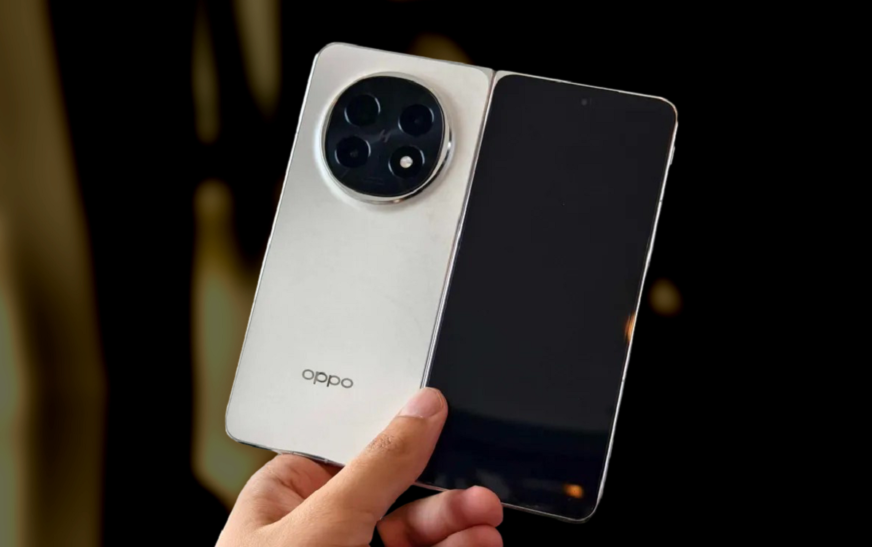The transition from physical SIM cards to eSIM (embedded SIM) technology is growing in popularity as the mobile industry continues to evolve. With the use of eSIMs, customers may more effectively control mobile networks and do away with the necessity for small plastic cards. Converting your physical SIM to an eSIM might make using a smartphone easier whether you’re using an Android or an iPhone.
We’ll talk about what eSIM technology is, why it’s useful and the most up-to-date and correct ways to change your real SIM card to an eSIM on both iPhone and Android devices in this guide.
What Is an eSIM?
A digital SIM that is integrated into the hardware of your smartphone is called an eSIM. eSIMs are remotely programmable and rewritable, in contrast to conventional SIM cards that you physically place into your phone. This eliminates the need for a new SIM card and makes it simple to add foreign internet plans manage numerous numbers and switch carriers.
The majority of major global carriers offer eSIMs, which are becoming the standard SIM technology for many contemporary smartphones and gadgets. In order to foster a more flexible and connected future, the global mobile industry is quickly adopting eSIM technology according to GSMA.
✅ Benefits of Using eSIM
The following are the main benefits of using an eSIM:
- No Physical SIM Card Required: No more swapping tiny plastic cards when changing carriers.
- Multiple Profiles: Easily use two or more numbers on the same phone, personal and business).
- Convenient for Travel: Add international data plans without removing your primary SIM.
- Environmentally Friendly: Reduces plastic waste from disposable SIM cards.
- Remote Activation: Set up new plans without visiting a physical store.
🛠️ Before You Start: Requirements
Make sure you fulfill the following requirements before to converting your SIM:
1. Device Compatibility
Not all smartphones support eSIM. Supported devices include:
- iPhones running iOS 12.1 or later: iPhone XR, XS, XS Max and later
- Android: Google Pixel 3 and newer, Samsung Galaxy S20 series and newer, Motorola Razr and select Oppo, Huawei and Sony models
2. Carrier Support
Your phone company must support eSIM registration and the ability to change from a SIM card to an eSIM card. This works with most of the big global providers, such as AT&T, Verizon, T-Mobile, Vodafone, Jio and Airtel.
Apple offers a detailed list of compatible carriers on its official eSIM support page.
🍏 How to Convert a Physical SIM to eSIM on iPhone
Converting to eSIM is comparatively easy according to Apple particularly on more recent iPhone models running iOS 16 and later.
Option 1: Convert via iPhone Settings (for iOS 16 and later)
1. Select Cellular (or Mobile Data) under Settings.
2. If Convert to eSIM is an option, tap on it.
3. Choose your current mobile plan to convert.
4. Confirm by tapping Convert to eSIM again.
5. Wait while your iPhone activates the eSIM.
6. When requested, take out your actual SIM card once it has been activated.
⚠️ Note: Your carrier may not enable automated conversion if the “Convert to eSIM” option is not shown.
Option 2: Utilize a QR Code That Your Carrier Provides
- Ask your provider for an eSIM activation QR code.
- On your iPhone, choose Settings > Cellular > Add Cellular Plan.
- Scan the QR code using your iPhone camera.
- Follow the instructions to activate your plan.
Option 3: Carrier App Method
Users may activate eSIMs using the official applications of certain providers such, as T-Mobile and Airtel. Navigate to eSIM activation in the app, then follow the on-screen instructions. eSIM activation and adhere to the prompts shown on the screen.
🤖 How to Convert a Physical SIM to eSIM on Android
The procedure differs significantly depending on the carrier, Android version and manufacturer of your phone. The typical steps that Android devices use are listed below.
Google Pixel Phones
- Open Settings > Network & internet.
- Tap on SIMs or Mobile network.
- Choose your current carrier and tap Convert to eSIM.
- Follow the instructions to complete activation.
- After that, your phone will ask you to take out the actual SIM card.
Samsung Galaxy Phones
- Open Settings > Connections > SIM Card Manager.
- Tap Add Mobile Plan.
- Select Convert to eSIM (if available).
- Alternatively, tap Scan QR Code if your carrier has given you one.
- Complete the on-screen steps to finish activation.
Other Android Phones
Depending on the manufacturer, you might need to:
- Navigate to Settings > Mobile Network under Network & Internet.
- Tap Add carrier or Download eSIM.
- Utilize an activation code or QR code that your carrier has given you.
🌍 International eSIM Usage
If you travel often, converting to an eSIM is highly beneficial. Many apps and services now offer prepaid international data plans specifically for eSIM users such as:
- Airalo
- Nomad
- GigSky
- Truphone
These apps let you install temporary data plans digitally without affecting your primary number. Perfect for short trips and avoiding expensive roaming fees.
🔄 Switching Between eSIM and Physical SIM
You can store more than one cell plan on most smartphones. In this case, on an iPhone you can:
- Use Dual SIM Mode (one eSIM + one physical SIM)
- Store multiple eSIMs and switch between them from the Settings > Cellular menu
Similarly, owners of Android devices may often swap between eSIM profiles.
📝 Important Tips Before You Convert
- 🔋 Charge Your Device: To prevent disruptions, make sure your battery is at least 50% charged.
- 🔐 Backup Your Phone: Before you make changes, you should always back up your info.
- 🧾 Save QR Code or Activation Info: If your carrier gives you a QR code save it so you can use it again later.
- 📞 Contact Carrier Support: If something isn’t clear your agent can help by walking you through it step by step.
🔚 Final Thoughts
Making the switch from a physical SIM to an eSIM is not just a contemporary improvement it’s a step toward improving the flexibility and effectiveness of your mobile experience. With eSIM, you can manage your cell plans with more freedom and are no longer constrained by physical constraints.
Improvements in operating systems and carrier support have made the process of switching to eSIM considerably easier, regardless of whether you use an iPhone or an Android device. This is a worthwhile switch if both your device and your network support eSIM.












